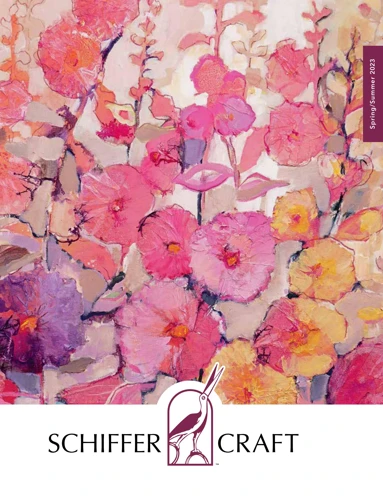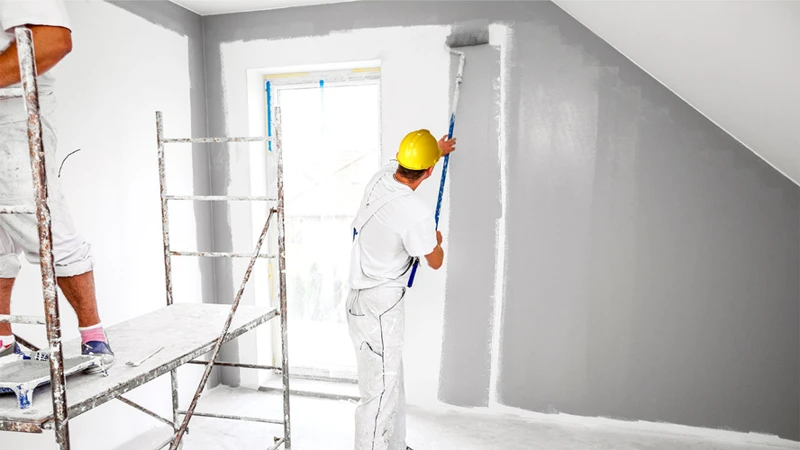Creating art can be a deeply satisfying endeavor, but it’s essential to practice painting workspace safety to maintain a healthy environment. A well-ventilated space is crucial, especially when dealing with paints that release fumes. Proper painting ventilation tips can make the difference between a harmful and a healthy workspace. Mastering the art of ventilating art studios not only preserves your well-being but also enhances the longevity and quality of your work.
Common Ventilation Errors in Painting Workspaces
Artists often overlook the significance of air quality when engrossed in their work. However, common ventilation errors can pose serious health risks and impact the quality of artistic output. Let’s delve into these oversights and how they can be remedied.
Insufficient Airflow in Art Studios
One of the most prevalent issues is insufficient airflow. Stagnant air can cause harmful particulates and fumes to linger, leading to potential respiratory problems and other health concerns. An artist must ensure that fresh air circulates effectively, which often involves more than just opening a window.
Ignoring the Importance of Painting Workspace Safety
Another oversight is neglecting the importance of safety measures. Exposure to certain chemicals found in paints, thinners, and varnishes can be detrimental over time. Ventilation is a safety precaution that should be prioritized to minimize these risks.
Choosing the Wrong Ventilation Systems for Painters
Selecting the appropriate ventilation systems for painters is also critical. Many artists might opt for generic solutions that fail to address the specific needs of their medium or workspace. It’s important to choose a system designed to handle the types of fumes and particles associated with painting.
Painting Ventilation Tips for a Safe and Healthy Environment
Ensuring a safe and healthy environment requires understanding the right painting ventilation tips. Let’s explore some strategies to maintain air quality and safeguard your health as you create.
DIY Paint Ventilation Solutions
- Use fans strategically to create cross-ventilation.
- Implement a makeshift exhaust system using ducts and box fans.
- Utilize air purifiers with HEPA filters to capture fine particles.
Professional Ventilation Systems for Painters
For more robust solutions, professional ventilation systems for painters are available. These systems are designed to effectively remove toxic fumes and provide a constant supply of fresh air, which is vital for larger studios or more intensive painting projects.
Painting Fume Extraction Techniques
Direct painting fume extraction techniques, such as fume extractors and spray booths, are specialized tools that can significantly reduce exposure to harmful substances. These devices are designed to capture fumes at the source, making them an invaluable addition to any serious artist’s workspace.
Setting Up Your Painting Workspace for Optimal Ventilation
Establishing a painting workspace setup that promotes optimal ventilation is not just about equipment; it’s also about thoughtful design. Here’s how to lay out your space with air quality in mind.
Considering the Layout for Effective Painting Workspace Setup
The arrangement of your studio plays a pivotal role in how air moves through the area. Position your workspace near windows or ventilation sources and keep the path of airflow unobstructed by clutter or large furniture.
Tools and Equipment to Improve Air Quality Painting
Investing in the right tools can greatly improve air quality painting. Aside from ventilation hardware, consider using low-VOC or non-toxic paint options, and always store chemicals in airtight containers to prevent unnecessary fume release.
How to Avoid Painting Fumes with Proper Ventilation
To avoid painting fumes, it’s essential to adopt a proactive approach. Use exhaust fans, wear protective gear such as masks, and remain aware of the air quality in your workspace through regular monitoring. These practices help to maintain a toxin-free atmosphere conducive to your artistic pursuits.
Advanced Ventilating Art Studio Strategies
For artists looking to take their workspace to the next level, advanced ventilating art studio strategies can provide the ultimate safeguard against airborne contaminants.
Custom Ventilation Solutions for Unique Spaces
Every studio has its quirks, and sometimes off-the-shelf solutions just won’t cut it. Custom ventilation solutions can be designed to fit the specific dimensions and needs of your unique space, ensuring efficient air exchange and fume removal.
Technology Aids in Monitoring Air Quality
Modern technology offers tools to help monitor and control the air quality in your studio. Devices such as air quality sensors and smart ventilation systems can provide real-time feedback and automate the air purification process for a consistently healthy environment.
If you’re keen on DIY painting projects or a professional looking to refine your painting techniques, understanding common pitfalls is essential for a flawless finish. Our resources can guide you through the nuances of painting. Discover how to tackle spray painting issues with our article on common spray painting problems and troubleshooting expert advice. If epoxy paint is your choice, avoid the pitfalls by reading our insights on common epoxy paint mistakes. For those using rollers, we have compiled a list of errors to steer clear of in our guide to common mistakes in roller painting. And to ensure the health and safety of your painting environment, don’t miss our article on the common mistakes in ventilating a painting workspace.
Conclusion: Ensuring a Well-Ventilated Painting Workspace
Ultimately, the key to a safe and pleasant painting experience lies in mindfulness about ventilation. By embracing effective ventilation practices, artists can protect their health and enhance their creative output. Remember, the right balance of fresh air and clean working conditions is not just a luxury — it’s a necessity for anyone dedicated to the craft of painting.



